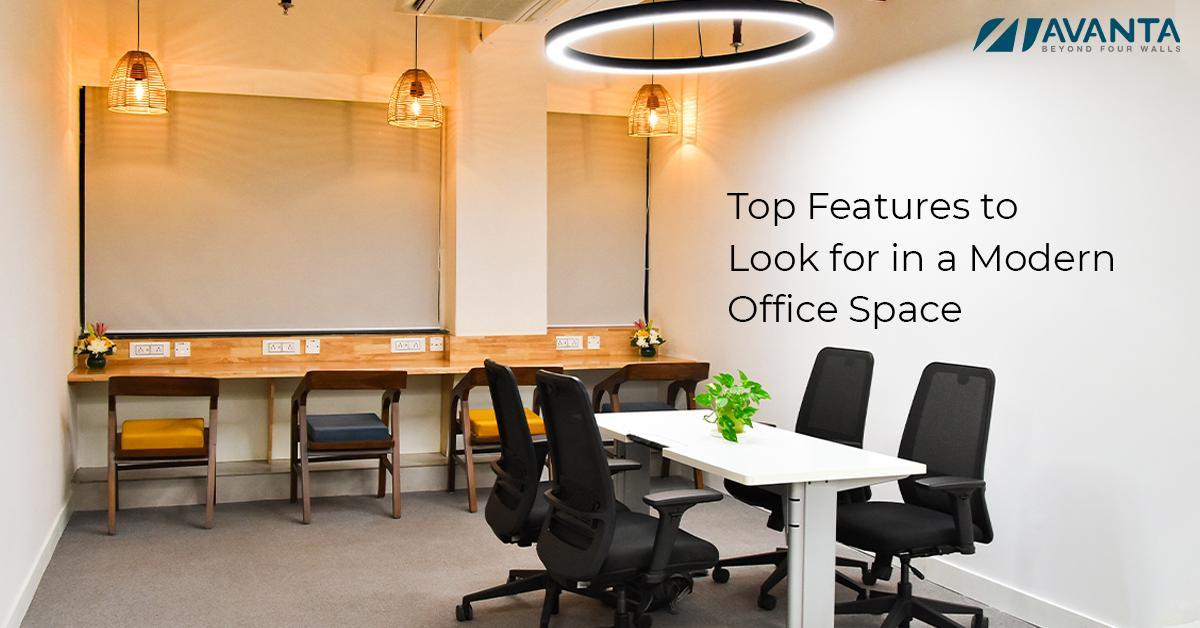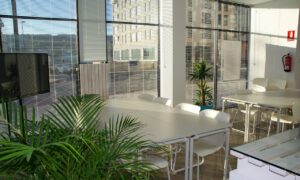Recent workplace studies show a startling statistic: Companies that invest in modern office space design see up to 32% higher employee productivity and 27% better talent retention. As businesses move through the post-pandemic landscape, the real question isn’t whether to modernise your workplace—it’s about finding the most effective way to do it. It becomes crucial to understand the modern office space design in order to make your corporate organisation successful, not only in the year 2025, but also beyond.
What is Modern Office Space?
Modern office space is a design that is far from a traditional cubicle-based layout and more like a versatile, tech-savvy work environment catering to diverse working styles. These areas combine state-of-the-art design methodologies with utilitarian features for an ambience conducive to both teamwork and solo work. The modern office space concept is ever-evolving, integrating lessons learned from the current workplace trends and employee preferences.
Key Advantages of Modern Office Space
Organizations that invest in modern office space often experience numerous advantages. These designs are frequently followed by a significant boost in employee satisfaction and retention rates. Modern workspaces could influence creativity and innovation to a great extent by creating the right environment for the stimulation of various modes of thinking and working. Besides, these modern spaces generally result in improved operational efficiency through space utilization and lower overheads.
Essential Features in Modern Office Space
1. Flexible Layout and Adaptive Furniture
Modern office space designs favour modular furniture systems and interchangeable spaces to promote adaptability. It offers this flexibility for teams to rapidly shift spaces depending on their requirements, whether for collaborative projects or individual focus work.
2. Technology Integration
Modern office spaces are designed to integrate technology seamlessly into every aspect of the environment. This includes:
- Smart booking systems
- Wireless charging stations
- Interactive presentation tools
- IoT-enabled climate and lighting controls
3. Wellness-Focused Amenities
Wellness-oriented conveniences have become a hallmark of modern office space as the importance of employee health continues to grow. Also common now are natural lighting, ergonomic furniture and designated relaxation areas. Biophilic design elements like living walls and potted plants also create a more natural and calming environment.
5. Private Focus Areas
Successful modern office space layouts highlight collaboration but also honour privacy and concentrated work. Stakeholders need time to share information and ideas to reach consensus on action items — especially on sensitive issues — and phone booths, quiet pods, and dedicated concentration areas offer employees spaces for tasks that require intense focus or confidentiality.
6. Sustainable Design Elements
Environmental consciousness is a key characteristic of contemporary office design. Modern office space often incorporates:
- Lighting and HVAC systems that are energy-efficient
- Materials recycled and sustainable
- Water conservation features
- Waste reduction programs
7. Brand Integration
However, some of the best examples of modern office space design out there reflect — and reinforce — company culture through intentional brand integration. This could be company colours, value expressed through design, or spaces that exemplify the organization’s mission.
Conclusion
The critical factor for building an effective modern office space is to realize both current needs and future possibilities. The advantages of modern-day office space are very evident for example- greater productivity, better workforce happiness and improved productivity. Modern office space feature evaluation should focus on solutions that best combine with each organization`s unique work culture, and meet their business goals. Finding the right blend of workspaces where people can collaborate and work privately, ensuring technology is used in ways that augment team productivity, and meeting the needs of employees in creating an environment conducive to work and well-being are keys to success. By recognizing the elements that contribute to effective modern office space and thoughtfully incorporating these features, organizations can design workplaces that address present requirements while also being adaptable to future changes in our work habits.



































